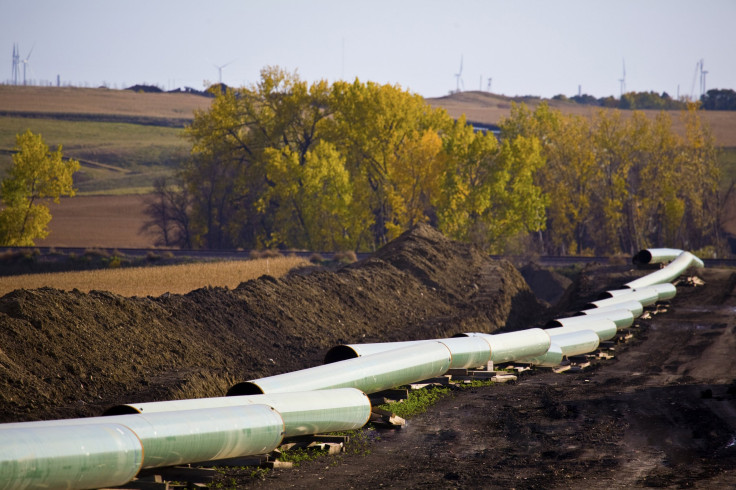TransCanada (TRP) Frustrated By Keystone XL Application Delays: Signals It May Throw In Towel On The Now Seven-Year, Multi-Billion Dollar Drama

TransCanada Corporation (NYSE:TRP), which has been waiting seven years to build the massive Keystone XL oil pipeline from Alberta to the U.S. Gulf Coast, is signaling that its patience -- and its money -- is wearing thin.
“We’ve already invested almost $2 billion in equipment for our Gulf Coast Pipeline and Keystone XL -- and that money has been invested in companies in the U.S. (some in Canada), and thousands of workers have benefitted from this investment already.” Shawn Howard, a spokesman for TransCanada, said.
The $7 billion, 1,179-mile Keystone XL is intended to transport two types of crude oil from Alberta, North Dakota and Montana through the nation’s pipeline hub in Cushing, Okla. Many refineries in the U.S. Midwest and in Canada are at capacity, so oil producers are looking to refineries in the South.
The project is controversial because environmental groups say extracting oil from the tar sands of Alberta is a more carbon-intensive process than conventional crude production. Proponents say the benefits of the pipeline -- namely, reducing America's dependence on oil from hostile, unstable countries in the Middle East and elsewhere -- outweigh the environmental risks.
President Obama has delegated the U.S. State Department to determine whether the pipeline is in the national interest. However, Obama has the final say, and he's likely to make his decision in early 2014.
In the meantime, TransCanada is preparing the groundwork for the pipeline to begin construction despite not having a presidential green light. The company has incurred costs for storing and maintaining pipelines of at least $1 billion for the project.
The remaining pipes are sitting in a storage facility in Little Rock, Ark., whose space is equivalent to 80 acres. The Canadian company will likely have to sell more than 600,000 tons of pipe at a discount if the project is not approved.
“In the past, the normal regulatory review process for a project like this was between 18 and 24 months,” said Davis Sheremata, a TransCanada spokesman. “As a result, we often needed to commit to the production of materials to make sure that things were available in a timely fashion.”
The pipelines, valves and pump stations were ordered years ago because TransCanada had anticipated a normal permit process, which has now become a record-long process.
Approximately half of the pipe has been used for the second portion of the project, the Keystone Gulf Coast pipeline, which will bring more than 700,000 barrels of oil a day from the Cushing hub to Texas Gulf Coast refineries.
“We’ve indicated we’ll look at taking a different approach in the future for ordering and manufacturing equipment,” Howard said, “especially if the regulatory process can become so influenced by outside factors that do not provide an element of certainty as to when a decision could be made either for or against a particular project.”
© Copyright IBTimes 2024. All rights reserved.





















